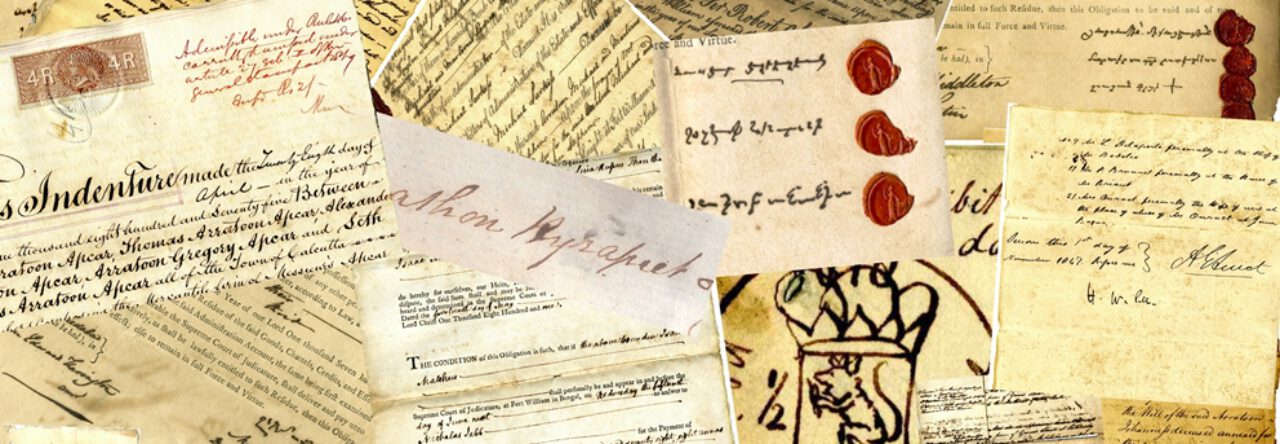 The whole website is a recent update with many new additions. Memorials will be added over the next few months and I will endeavour to include transcriptions/translations where I can. Please bear in mind that each one has to be uploaded and edited individually, I have thousands of images and I do this in my spare time, so it WILL be a slow process.
The whole website is a recent update with many new additions. Memorials will be added over the next few months and I will endeavour to include transcriptions/translations where I can. Please bear in mind that each one has to be uploaded and edited individually, I have thousands of images and I do this in my spare time, so it WILL be a slow process.
Genealogy is a fast growing and popular hobby around the world. Records are being released on various family history websites on a daily basis. What might have been almost impossible to find on-line five years ago, is a lot more accessible.
If you are just starting out and have a general interest, try the Latter Day Saints website
www.familysearch.org
If you have an interest in Indian related family history, take a look at www.fibis.org
A great source of information can be newspapers. A number of subscription websites have newspapers and publications as part of the membership but here are a couple of links that are free to view that may well help you.
Remember, even if the newspaper isn’t from your home town or even country, do remember that many events were picked up and recorded in other newspapers. I have found a number of interesting facts regarding India and Asia in the UK and US online publications.
I also have a regular blog where I highlight stories of long forgotten Armenians in India. Plenty of genealogy nuggets and hints on it, do take some time to review the stories. Armenians in India – Behind the Scenes, Forgotten History
